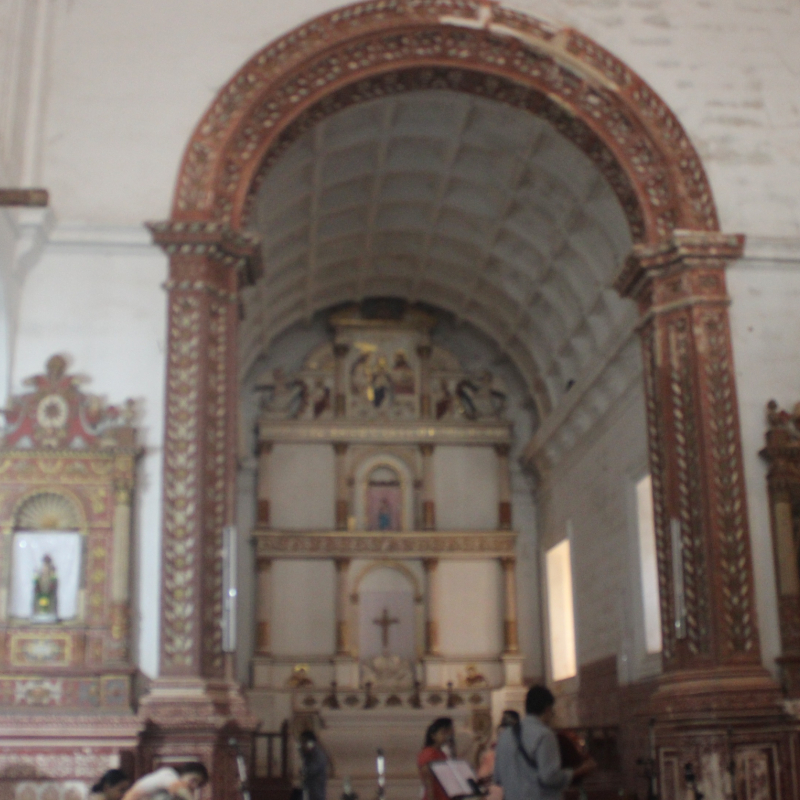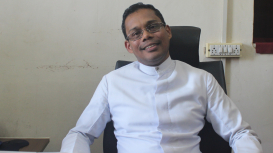Christianity is believed to have been introduced in India by Thomas, one of the Twelve Apostles, in the Malabar coast in 52 CE. Another version credits Bartholomew, another of the Apostles, with the introduction of the faith in the Konkan coast around the same time. Either way, scholars seem to be in agreement that Christian traditions gained firm roots in India by 6th century CE. Christianity grew in strength in various pockets across India: currently, it is the second largest minority religion in the country after Islam.
Like in the rest of the Christian world, music has an important place in Christian worship traditions across India. Christian sacred music includes both liturgical music and non-liturgical music. Liturgical music is played in churches during Holy Mass and other sacred rites. Traditional liturgical music includes Latin hymns and compositions by musical greats like Mozart, Handel, Bach, Palestrina, etc. Non-liturgical music is played in praise of God outside churches, in houses and other meeting places. In states where there is strong Christian presence, like Kerala, Tamil Nadu, Goa and the Northeastern states, Christian sacred music absorbed native influences and flourished while keeping their western roots intact. Hence you find choirs singing in Indian languages, apart from the traditional hymns in Latin and English. This is particularly true of languages like Malayalam, Tamil, Konkani, Mizo, etc. But the accompanying music is mostly on western instruments.
This module takes a holistic view of the choral traditions of India and looks at the various diverse strands and practitioners. It includes interviews with conductors of leading choirs in Goa and Meghalaya as also an article on Mizoram Christian music traditions. The module also has two highly placed priests of Goa talking about the beginning and evolution of Christian sacred music in the state.






